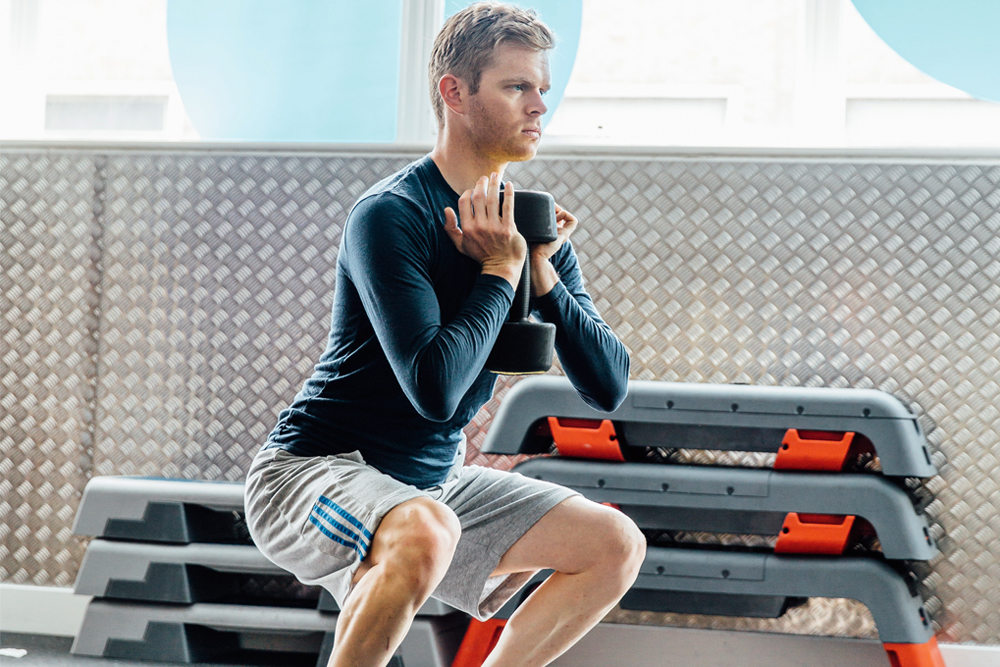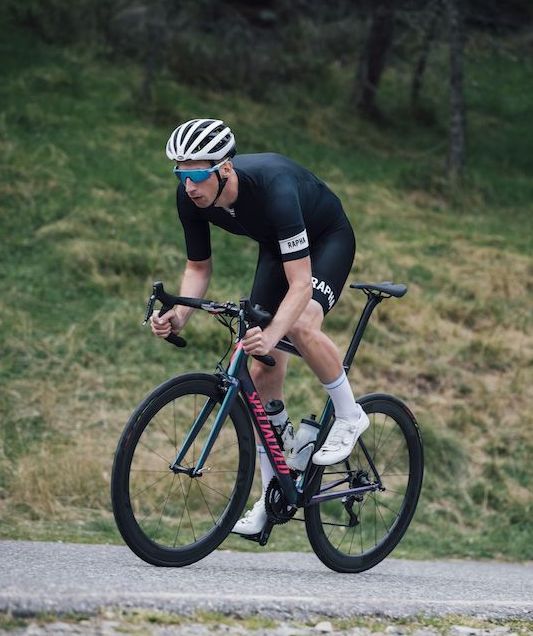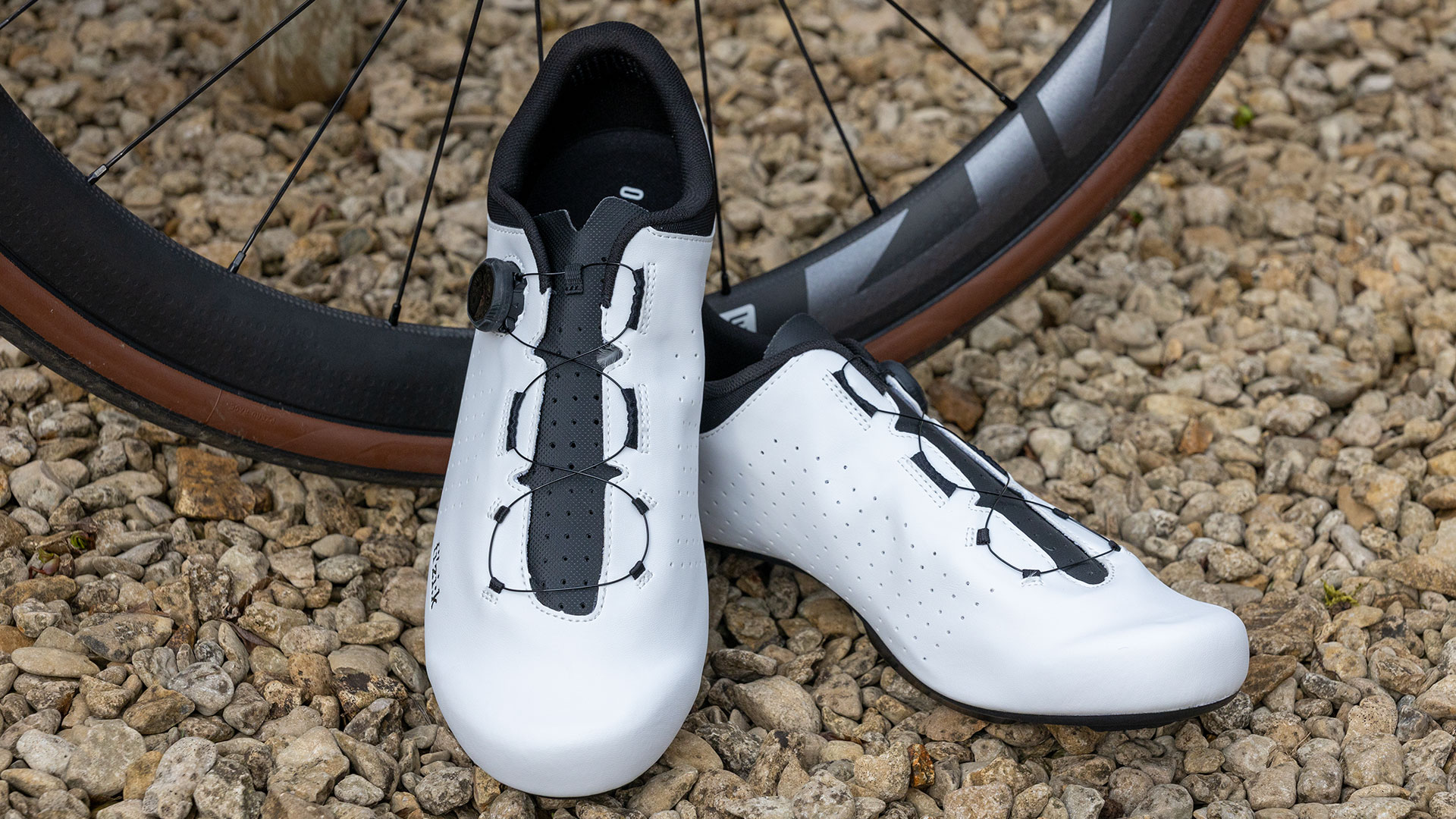How to self-test for weaknesses that could affect your cycling
Be methodical, film yourself, and then be diligent with a specific routine of exercises writes David Skinner


There is an old adage: you’re only as strong as your weakest link. But how many of us proactively seek to identify these weaknesses and work on their underlying causes?
There are two main reasons for addressing and correcting weaker areas: performance and health. The question is, how?
Weaknesses within our muscular-skeletal system are liable to create imbalances, and over time, or with increased training volume or intensity, these imbalances are likely to lead to injury. A periodised training programme and healthy diet can help mitigate this.
There are a few simple tests that can be done to identify weaknesses. It’s always a good idea to video your tests to see what you are doing and how it is probably different from what you think you are doing.
The essentials
- Spend time on developing weak areas
- A stronger trunk relates to greater power application
- The quality of repetition is key
- Video-record test results
Foot function
One of the simplest tests you can do is a proprioceptive test involving foot function. Standing barefoot on solid ground with your arms folded, close your eyes and stand on one foot.
>>> Injury prevention: foot pain
Get The Leadout Newsletter
The latest race content, interviews, features, reviews and expert buying guides, direct to your inbox!
You should be able to do this for 60 seconds. If you are unable to do this successfully, you may need to strengthen the muscles that control the arch of the foot.
This can be done by picking up objects off the floor using your toes and by learning to spread your big toe. Good foot function increases knee/hip stability and power production.
The glutes/hips are vital in putting down the power while cycling; you need to maintain the balance between the flexibility of the muscles over the front of the hips and the strength of the glutes.
A simple test for this is to perform a single-leg bridge, with your knees together and one leg fully extended. You should be able to hold your hips level for 60 seconds. This will aid pelvic stability and increase power from the hip.
The central part of our body or ‘core’ is a complicated tent-like structure held in position by a multitude of guide ropes (muscles).
In my experience, the plane of movement most often neglected by cyclists is rotation. A good test/exercise for this is the plank with a single-arm reach.
>>> How to deal with a setback in your cycling
You should be able to maintain a motionless plank posture while reaching forwards with one arm — switching between sides to check for imbalances. Build to 12 repetitions; this will translate to greater power application.
See how you compare
Key points
Do: adopt a multi-plane approach to training. Although cycling appears to be a linear movement, lateral and rotational control play a huge role in trunk stability.
Do: use the off-season to test for weaknesses and reset the body for the new season. It may be worth consulting a physiotherapist.
Do: spend time in the off-season cross-training. This will strengthen areas underused while cycling.
Don’t: ignore niggles, as they could be early signs of muscle imbalances and could lead to injury. Seek professional advice if you’re unsure.
Don’t: neglect areas of the body that may appear to be irrelevant in the action of cycling (i.e. shoulders and neck).
Don’t: give yourself too many areas to improve at once. Prioritise, achieve and move on to the next.

Thank you for reading 20 articles this month* Join now for unlimited access
Enjoy your first month for just £1 / $1 / €1
*Read 5 free articles per month without a subscription

Join now for unlimited access
Try first month for just £1 / $1 / €1
Follow on Twitter: @richwindy
Richard is digital editor of Cycling Weekly. Joining the team in 2013, Richard became editor of the website in 2014 and coordinates site content and strategy, leading the news team in coverage of the world's biggest races and working with the tech editor to deliver comprehensive buying guides, reviews, and the latest product news.
An occasional racer, Richard spends most of his time preparing for long-distance touring rides these days, or getting out to the Surrey Hills on the weekend on his Specialized Tarmac SL6 (with an obligatory pub stop of course).
-
 Man hands himself in to Belgian police after throwing full water bottle at Mathieu van der Poel during Paris-Roubaix
Man hands himself in to Belgian police after throwing full water bottle at Mathieu van der Poel during Paris-Roubaix30-year-old was on Templeuve-en-Pévèle cobbled sector when television pictures showed the bottle hitting him in the face
By Tom Thewlis Published
-
 Fizik Vento Omna Wide shoe review: Yeti sneakers for those pedalling on a budget
Fizik Vento Omna Wide shoe review: Yeti sneakers for those pedalling on a budgetBroadly recommended for those of us with flipper feet
By Simon Fellows Published